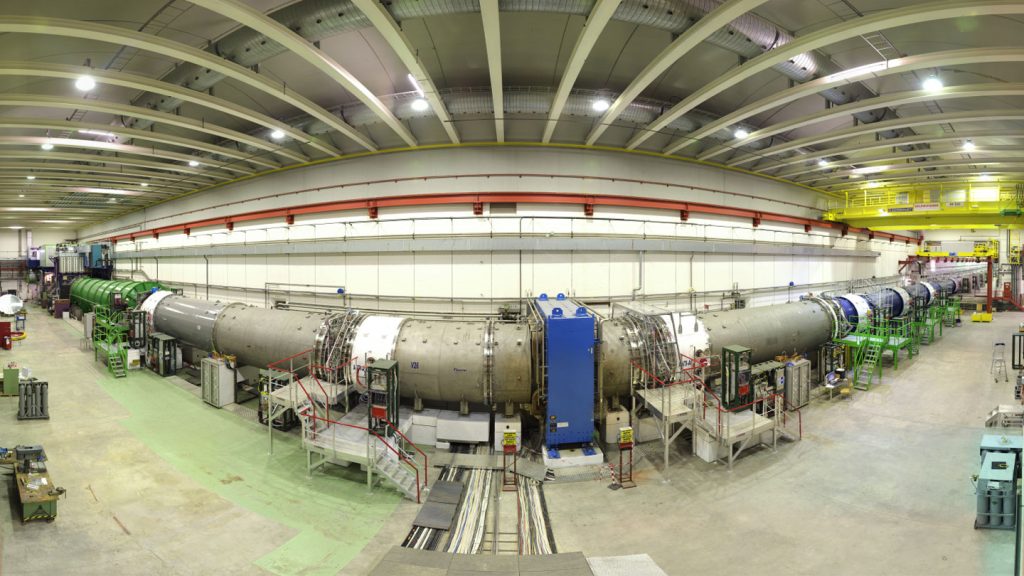Scientists have made a groundbreaking discovery regarding the decay of subatomic particles known as kaons. This decay, referred to as a “golden channel,” is predicted with high precision by the standard model of particle physics. The experiment, called NA62, aims to test the prediction and potentially reveal any discrepancies that could point towards new physics beyond the standard model.
NA62 conducts its experiments by colliding high-energy protons into a target at CERN near Geneva, observing the production and decay of positively charged kaons. The discovery of the golden channel decay occurred with an occurrence rate of only about 13 in 100 billion, slightly higher than the standard model prediction. This result, while significant, is still consistent with the standard model, indicating that more data and measurements are required for a definitive conclusion.
The ultrarare decay of kaons through the golden channel results in the production of a pion, a neutrino, and an antineutrino. This mode of decay is different from the more common decay that produces a neutrino and a muon. The NA62 experiment has achieved a milestone in claiming the discovery of this decay mode with a statistical significance of five sigma, indicating the robustness of the result.
Future measurements and data from NA62 will provide additional insight and accuracy to determine whether the standard model accurately describes the decay of subatomic particles. Another experiment called KOTO is also investigating a different rare kaon decay to contribute to our understanding of particle physics and potentially uncover new physics beyond the standard model.
Physics writer Emily Conover, with a Ph.D. in physics from the University of Chicago, emphasizes the importance of science journalism in disseminating critical discoveries like the one involving kaon decay. Supporting science journalism is essential to promote scientific literacy and ensure that important decisions are informed by scientific knowledge. Subscribing to Science News and contributing to expanding science literacy is vital to advancing scientific understanding.















